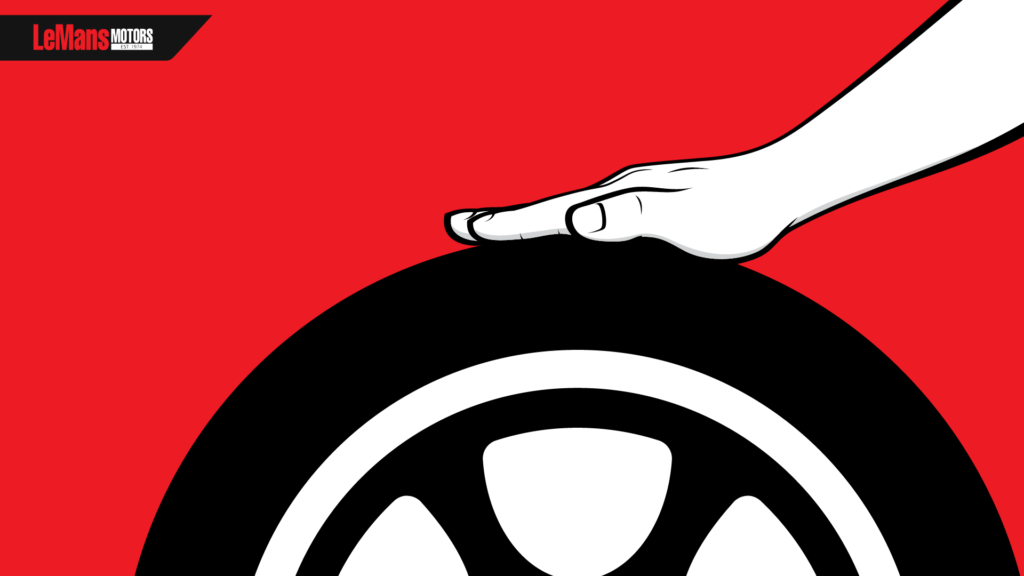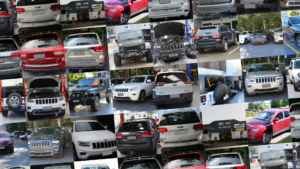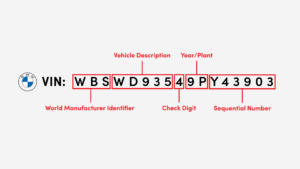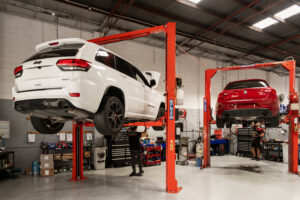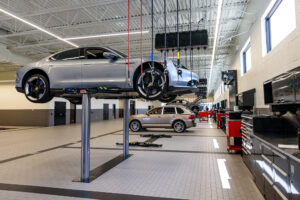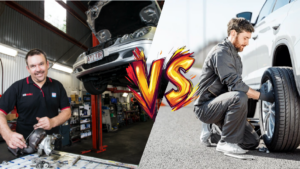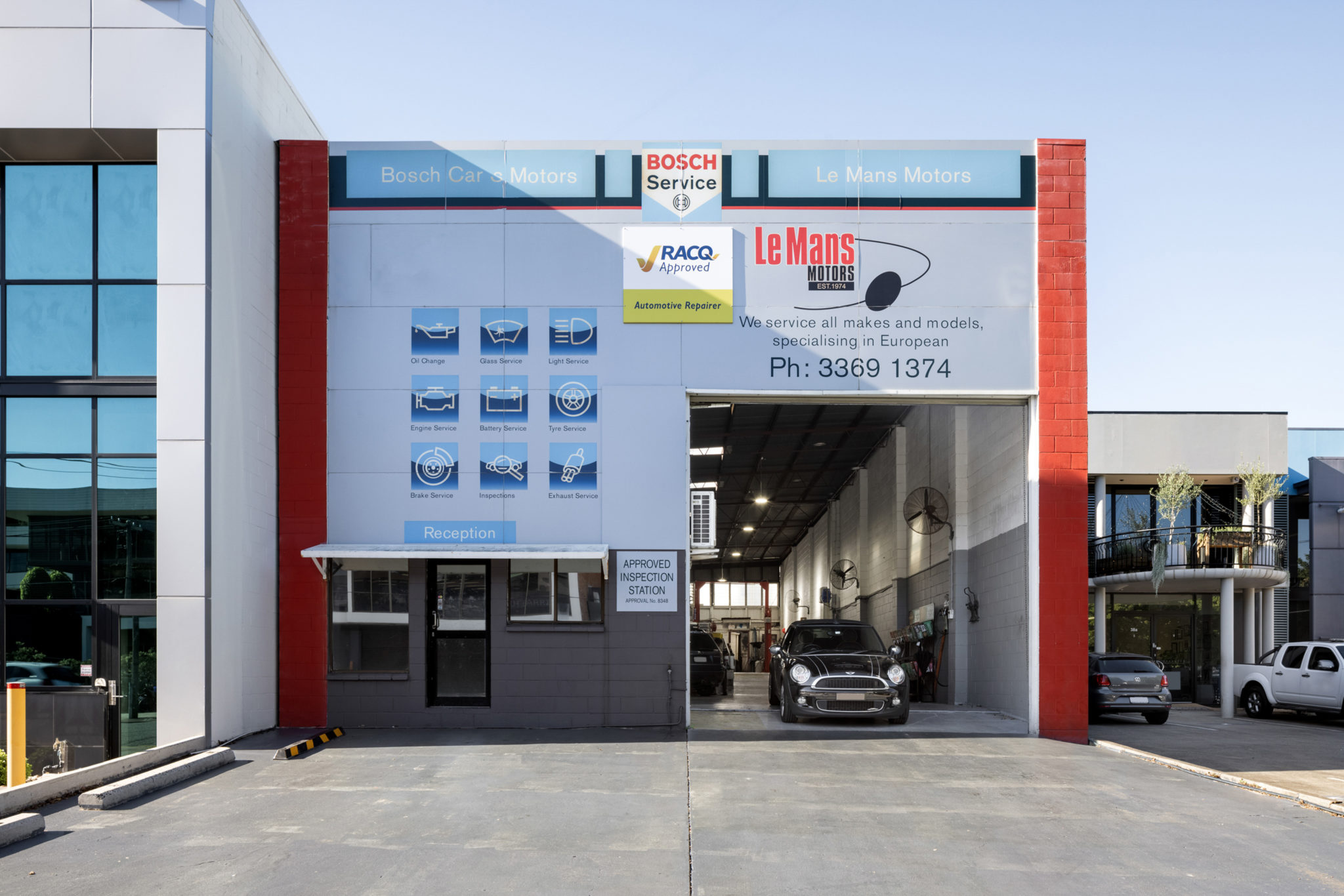Learning how to maintain your tyres properly is so important for both the lifespan of your tyres but also your on-road safety. Items like your tyres’ air pressure, tread, and wheel alignments are all paramount to keeping your tyres in a good and safe condition. If your tyres are worn, you’ll be more at risk of losing control of your car or crashing when driving — especially if the roads are wet. So much of optimal road safety practices rely on effective tyre maintenance.
To properly maintain your tyres, it’s important you’re keeping your tyres at the right air pressure and having your wheels balanced, rotated, and aligned. Here’s how to maintain your tyres properly.
How long should tyres last?
There’s no strict rule on how long your tyres should last. It depends on a range of variables. Things like: your driving habits, the climate you live in, the roads you drive on, the design of your tyres, and how well you’re maintaining them. Highway driving will wear tyres out quicker than stop-start city driving. This is because you’re travelling at a higher speed on the highway — higher speeds generate more heat which will wear tyres quicker. Then there’s the quality of your tyres. Cheaper tyres are usually cheaper for a reason. Tyres can last anywhere between 10,000 and 50,000 kilometres of driving.
Tyre Pressure: the core of tyre maintenance
Heading to a service station, checking your tyre pressure and putting air in your tyres can feel like a chore. It takes less than five minutes though and will seriously prolong the life of your tyres. There are a tonne of reasons you should be checking your tyre pressure regularly. First up: driving with low tyre pressure actually negatively affects your fuel economy. More importantly, it’s unsafe and really bad for your tyres. Driving on low tyre pressure means your tyres will wear quicker and more unevenly. If you’re driving on highways with low tyre pressure, you’re putting yourself at a much higher risk of blowing a tyre or losing control of your car.
How often should I check my tyre pressure?
At least once a month. If you’re filling your car up with fuel once a week, maybe make checking your air pressure every second fill-up your routine. Otherwise, you can buy a digital gauge to keep at home. Digital gauges usually give a more reliable reading than the air pumps at your local service station. But that doesn’t mean you can’t rely on your local servo’s — it’ll do the trick.
Remember that it’s important for your tyres to be as cool as possible before you take the reading. So if a digital gauge isn’t an option, try and get it done in the morning, and make the service station your first stop of the day.
How do I put air in my tyres?
Firstly, set the gauge to the correct PSI for your tyres. The correct PSI for your car’s tyres should usually be found on a small sticker on the inside of your driver’s side door. If it’s not there, check the lid of your glove box — or if still in doubt, you can usually find it on your manufacturer’s website too. Most older cars will have each tyre set to the same PSI but a newer model of car will sometimes have different PSI specifications for the front and the rear tyres. So, be sure to read the sticker carefully.
This may change sometimes too. Say you’re driving a newer model of hatchback that specifies 30 PSI for the rear tyres but 33 for the front. It may be based off of the assumption that you always have passengers in the front, but as it’s a hatchback, not always passengers in the back. So, if you’re heading on a road trip with backseat passengers or a full boot of luggage, it might be wiser to set your rear tyres to 33 as well.
Once you’ve found your PSI and set it on the air machine, take the dust cap off of your tyre’s valve and connect the air hose to it. An older gauge will just attach to the tyre and start pumping. The more common, newer models will have a little handle on the side that you’ll have to squeeze to pump up your tyre. When your tyre has reached your set PSI, the machine will beep. Then you just reattach your dust cap and move onto the remaining tyres.
Wheel Alignments & Rotations
When you take your car to your mechanic for a wheel alignment, they’ll adjust your suspension to ensure that your wheels are hitting the road the correct angle, meaning your wheels will travel in a straight line. Having your wheels aligned regularly means you can prevent uneven tyre wear. Misaligned wheels will put unnecessary demand on your tyres and cause the tread to wear prematurely.
A wheel rotation is where your mechanic rotates your wheels so your front tyres go to the back and vice versa. Your front tyres will typically wear quicker than your rear tyres as there’s usually more weight and more demand on them. Rotating your tyres will make sure they wear evenly.
You should get a wheel alignment after every 10,000km you’ve driven, or if you notice it’s out. You can ask your mechanic to rotate your wheels at your wheel alignment.
How to tell if your wheel alignment is out:
- Your car pulls to one side while travelling on a flat, straight road
- Your steering wheel shakes
- The handling of your steering wheel feels loose
- Your steering wheel doesn’t naturally return to the centre after turning a corner
- You’re seeing uneven or abnormal tyre wear
Wheel alignments are completed by mechanics and the cost will vary. It’ll typically be cheaper to get a wheel alignment done on a smaller car than a larger car. This is because more labour will be required for a larger car.
When to change tyres
New tyres can become expensive and it can feel like a huge chore to go out and get them replaced. If your tyres are worn though, you should really replace them. When we talk about worn or bald tyres, we’re referring to the tread on your tyre being worn. It’s where the grooves (tread) become less and less deep and the surface of your tyre is beginning to smooth. It’s similar to how the bottom of a jogger will wear after a lot of use.
Driving on bald tyres is incredibly dangerous because the tread is what your tyre uses to stick or grip to the road.
Adjust your driving habits
Alongside your tyre maintenance habits, you can prolong the life of your tyres by paying extra attention when you’re driving. Avoid hitting gutters or potholes where possible. This can put your wheels off balance and ruin your wheel alignment, or damage your tyre’s sidewalls.
Take extra care when you’re driving around corners or roundabouts. Taking these too fast means your tyres will have less of a chance to grip to the road — plus it’ll usually result in uneven wear again.

